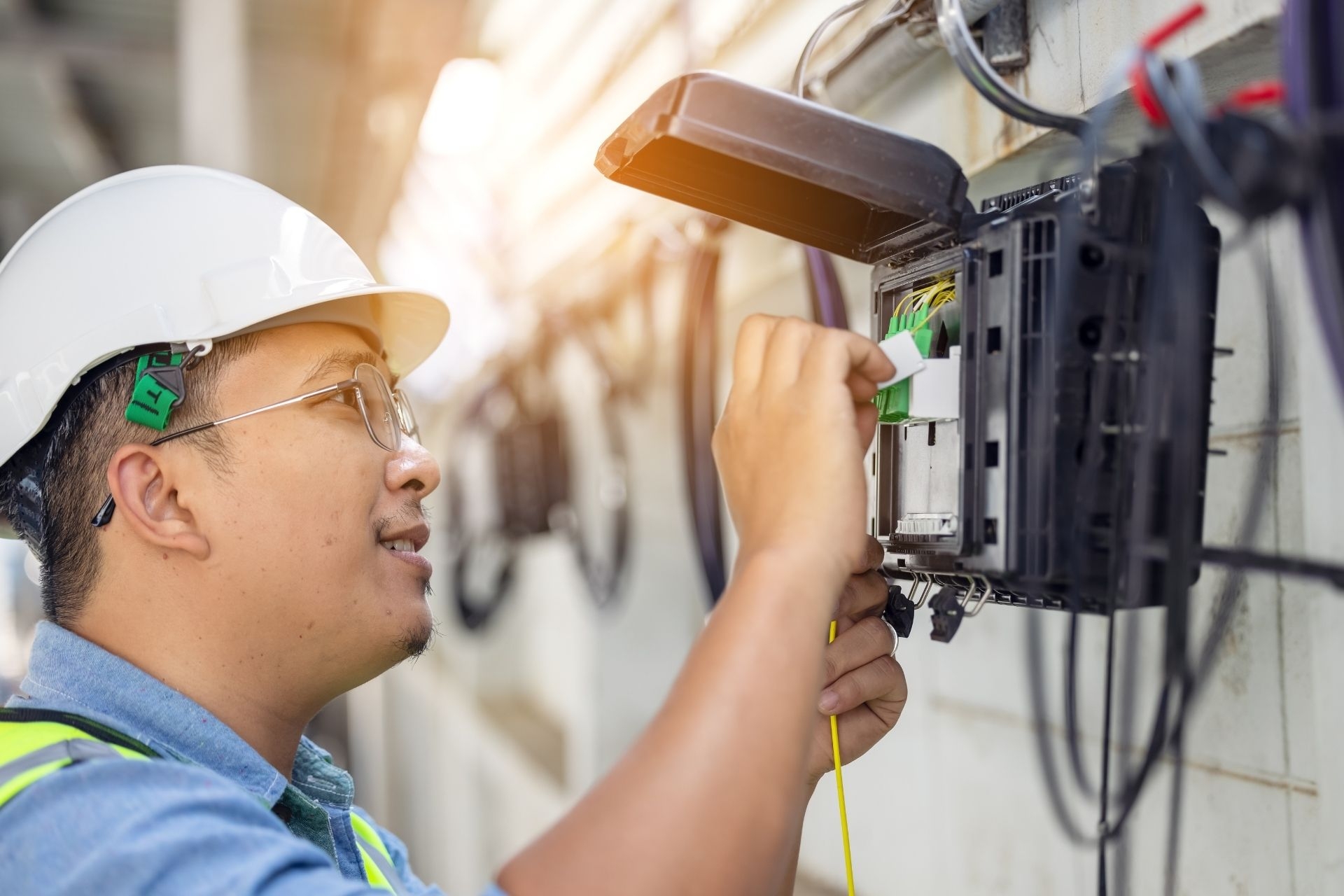Multi-Tenant Building Connectivity
How can multi-tenant buildings ensure secure connectivity for each tenant?
To ensure secure connectivity for each tenant in multi-tenant buildings, it is essential to implement network segmentation and VLANs. By separating the network into different virtual LANs, each tenant can have their own secure and isolated network environment. Additionally, using firewalls, encryption protocols, and access control mechanisms can further enhance the security of the connectivity within the building.






